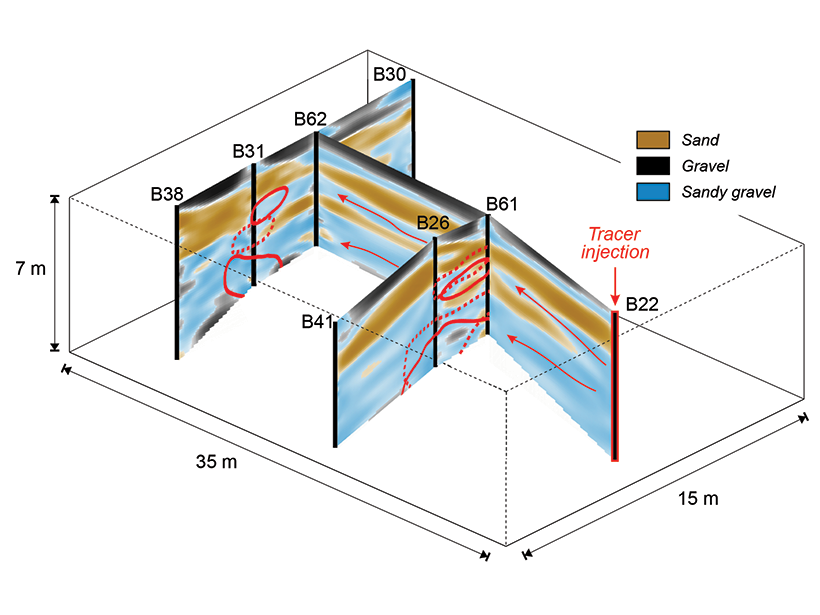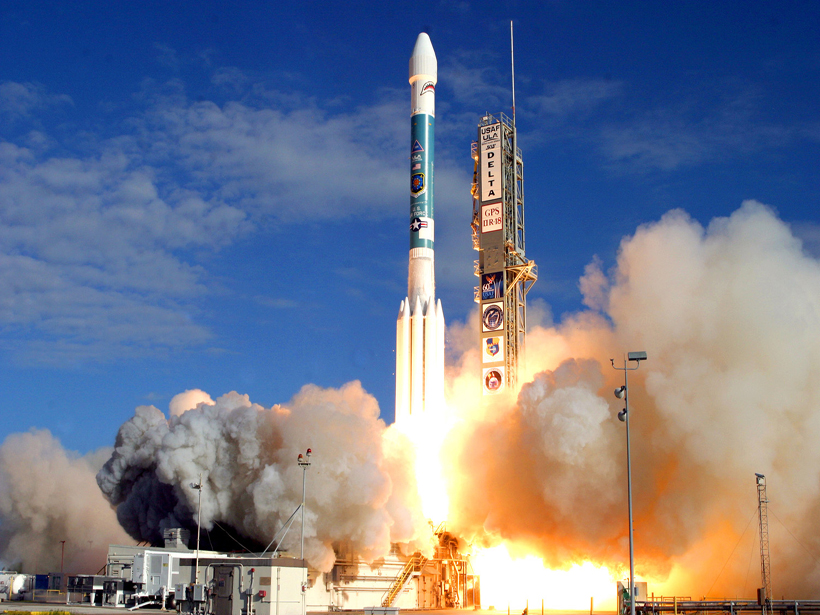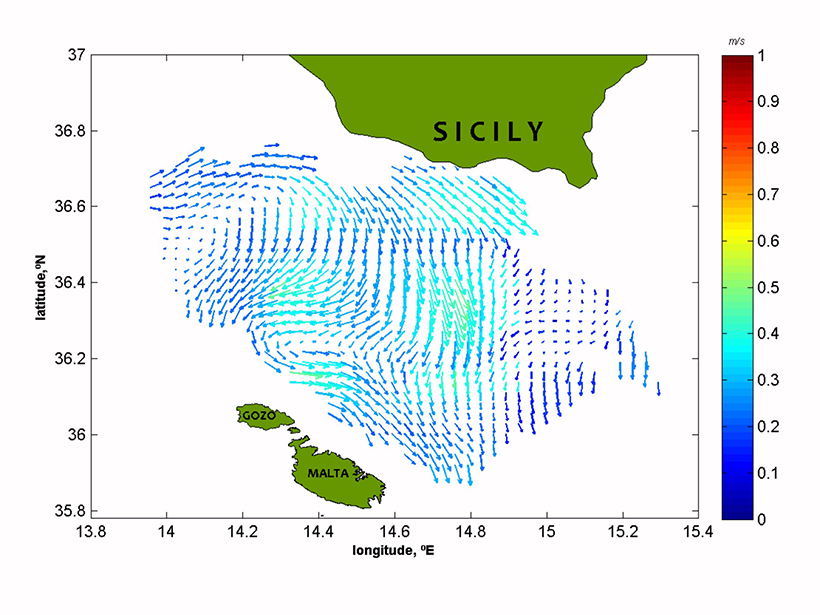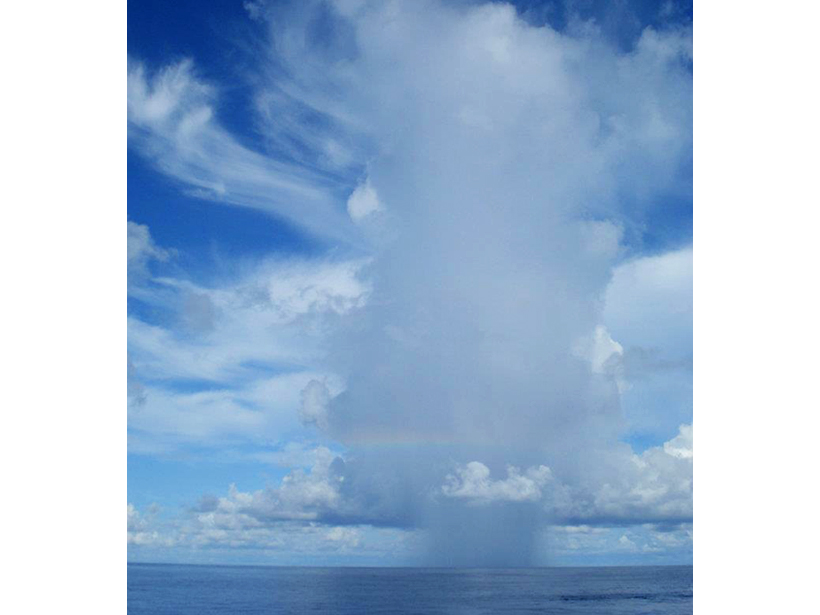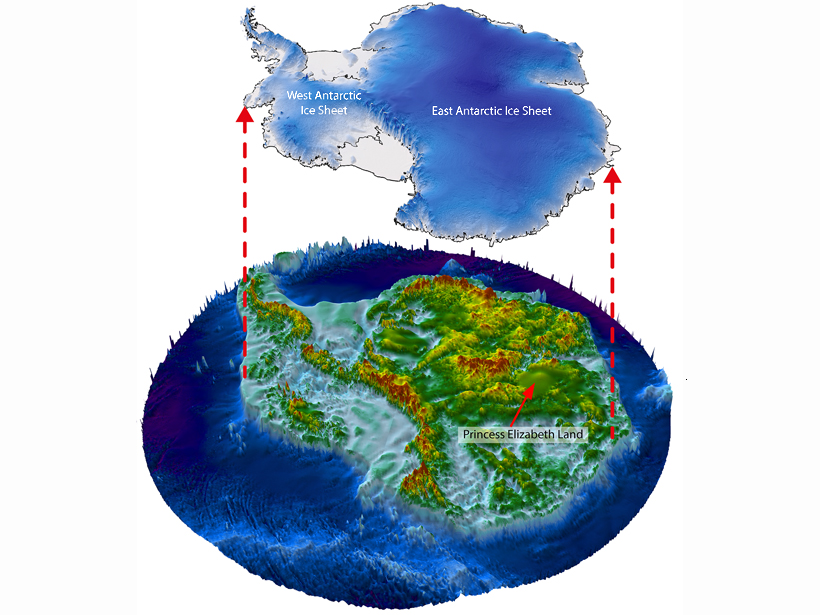Recent upgrades to the Jicamarca Radio Observatory in Peru allow it to probe electron densities several thousand kilometers above Earth, a feat it hasn't accomplished in 50 years.
radar & radio
New Ground-Penetrating Radar Method Shows Promise in Aquifer
Recent advances in ground-penetrating radar data analysis could help reveal aquifer structure in unprecedented detail.
Global Positioning System Sparks New Data Revolution
Energetic particle data from the Global Positioning System constellation opens avenues for new research.
What Drives Variation in the Ionosphere’s Electron Density?
The long-term trend in the electron density of the ionospheric F layer may be natural, not man-made.
Where Does Lightning Come From?
Thunderstorms and Elementary Particle Acceleration (TEPA-2015); Yerevan, Armenia, 5–9 October 2015
Growing Network of Radar Systems Monitors Ocean Surface Currents
Fourth Meeting of the Global High Frequency Radar Network; Heraklion, Crete, Greece, 22–23 September 2015
Gamma Ray Bursts Leave Their Mark in the Low Ionosphere
Scientists use very low and low-frequency radio signals to detect short gamma ray bursts and their impact on the low ionosphere.
Radar Study Examines Pulsing Tropical Climate
In the Madden-Julian Oscillation, shear forces caused by air layers slipping and sliding near the equator play a critical role in forming enormous thunderstorms and monsoons.
Decoding the Radio Transmissions of Shooting Stars
Spectacular fireball meteors don't just light up the night sky—recent observations show they also emit mysterious high-frequency radio waves. Now scientists think they understand why.
Antarctic Ice May Harbor Huge Network of Canyons
Scientists saw hints in satellite data of dramatic geologic features under thousands of meters of ice in a little-probed part of East Antarctica. Now they are using airborne radar to explore further.


